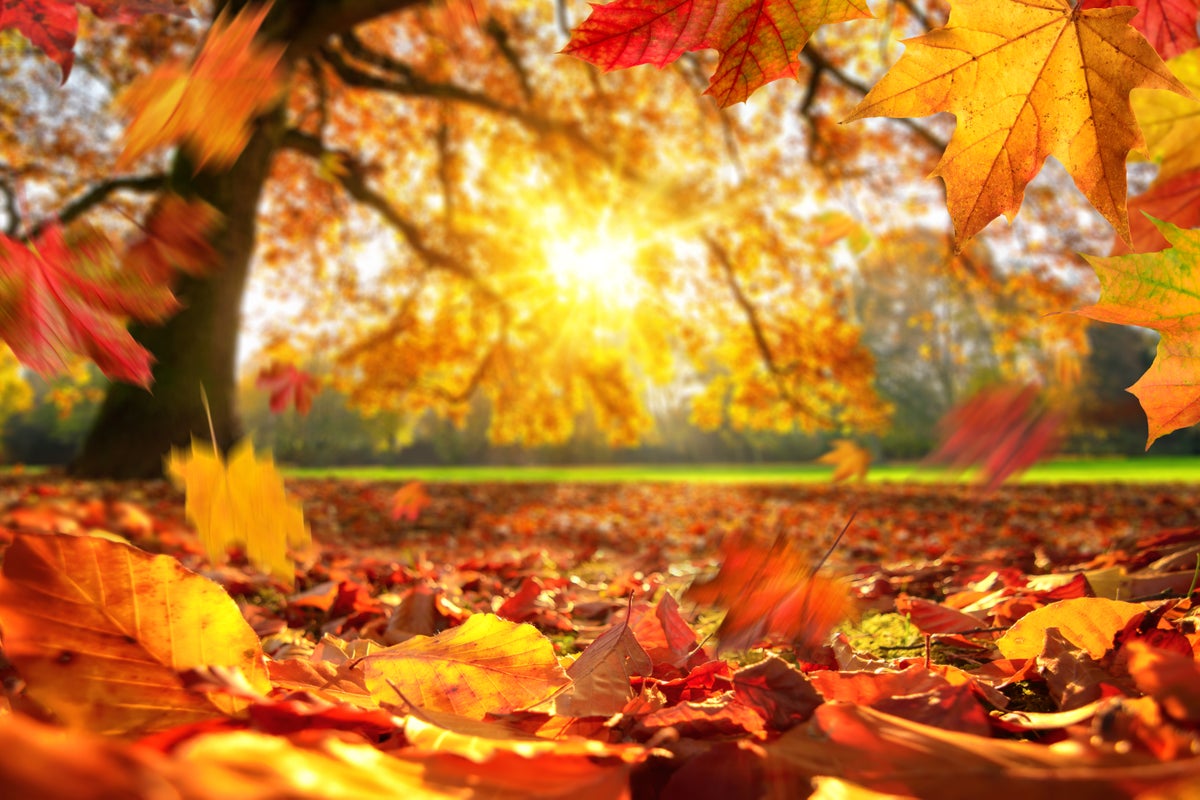
After a suprise September heatwave in the UK, when temperatures rose as high as 33.5C, autumn has now officially set in.
The change in seasons is the result of the autumn equinox, which arrives this year on Saturday 23 September.
What is the autumn equinox and why does it happen?
The autumn equinox always takes place in September, either falling on the 22nd or 23rd day of the month.
An equinox occurs twice in the year when the sun "sits right above Earth’s Equator", National Geographic states.
The Royal Observatory in Greenwich, London, explains that the Earth, which tilts on its axis, orbits the sun.
“As it orbits the sun, the sun illuminates the northern or southern hemisphere more depending on where the Earth is along its orbit,” the museum states.
“However, at two points in the year the sun will illuminate the northern and southern hemispheres equally. These are known as the equinoxes.”
This also means that, in the northern hemisphere when autumn officially begins, spring is commencing in the southern hemisphere at the same time.
Encyclopædia Britannica adds that the autumn equinox in the northern hemisphere marks just one of two times of the year when “the sun is exactly above the Equator and day and night are of equal length”.
The autumn season lasts until winter, which begins this year in the northern hemipshere on 21 December.
When is the spring equinox?
The spring equinox in the northern hemisphere is the second of the two times of the year when day and night are of equal length.
The 2024 spring equinox, marking the official start of spring, will take place on Monday 20 March.







